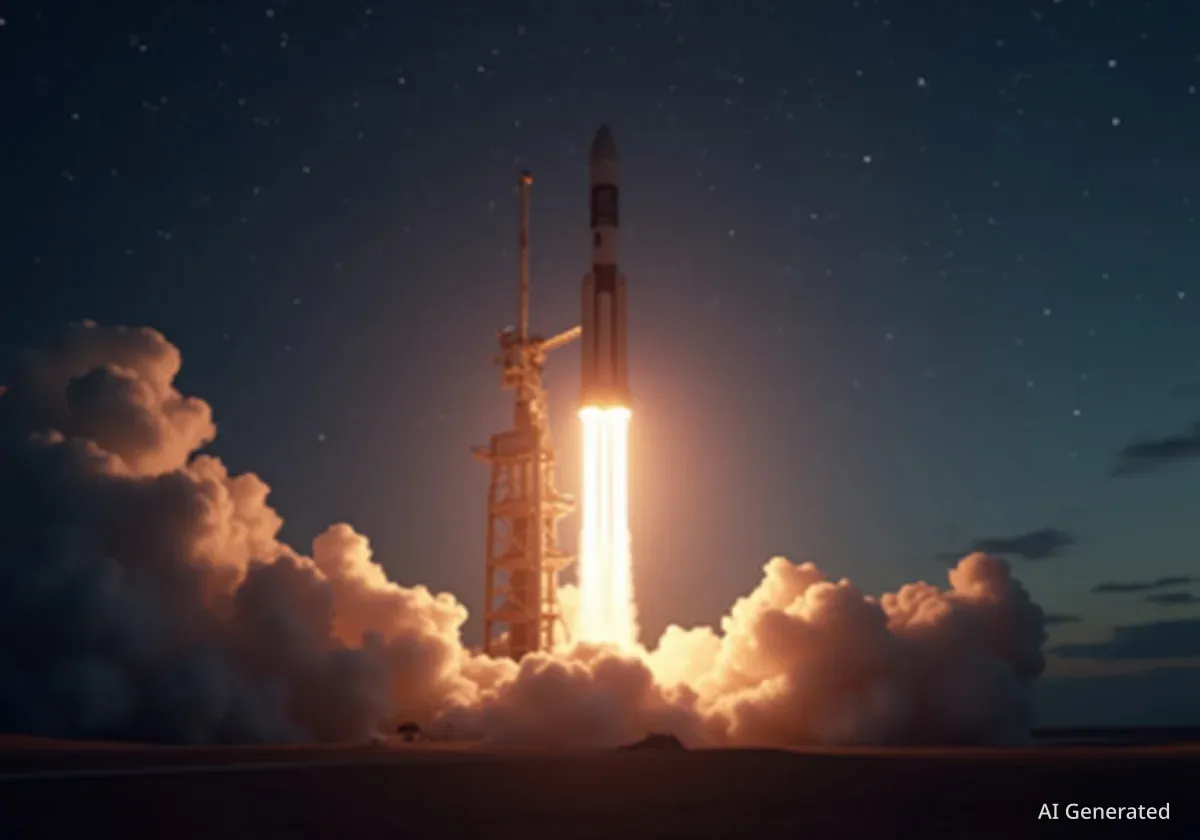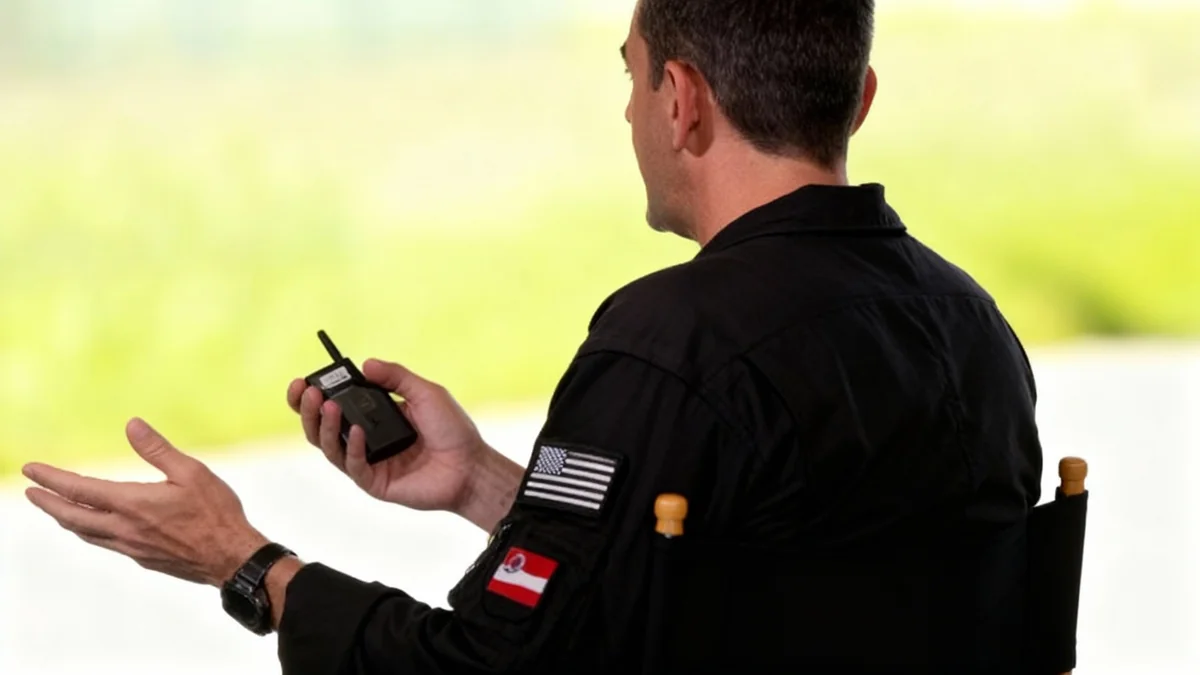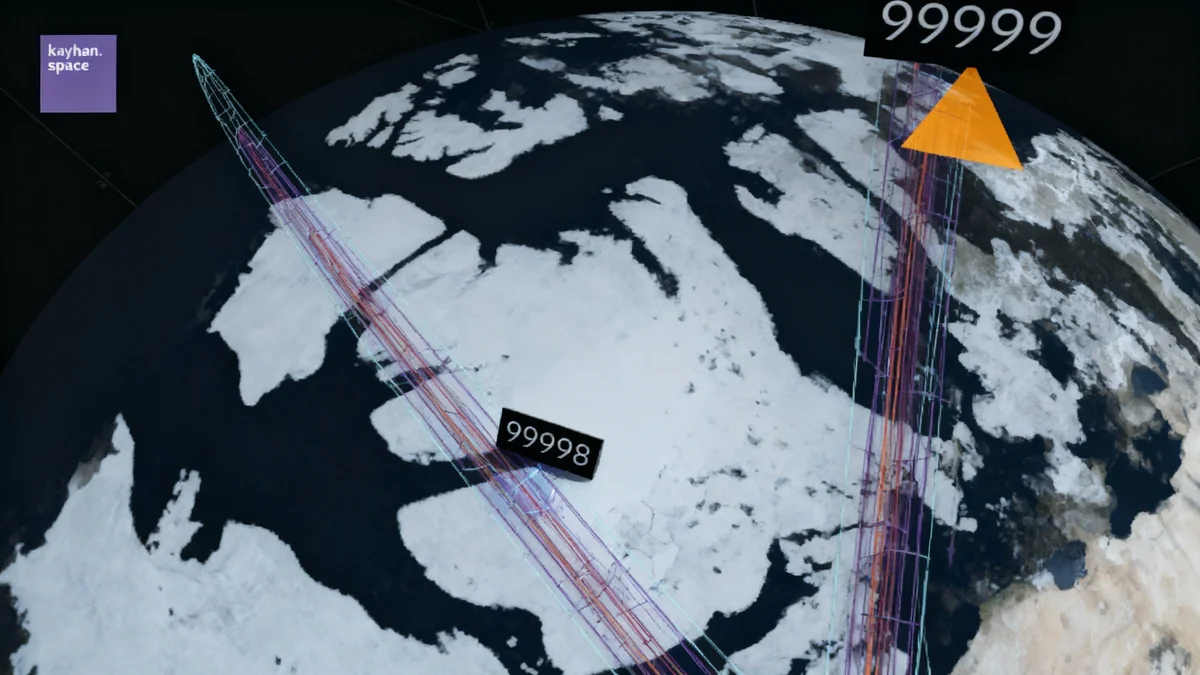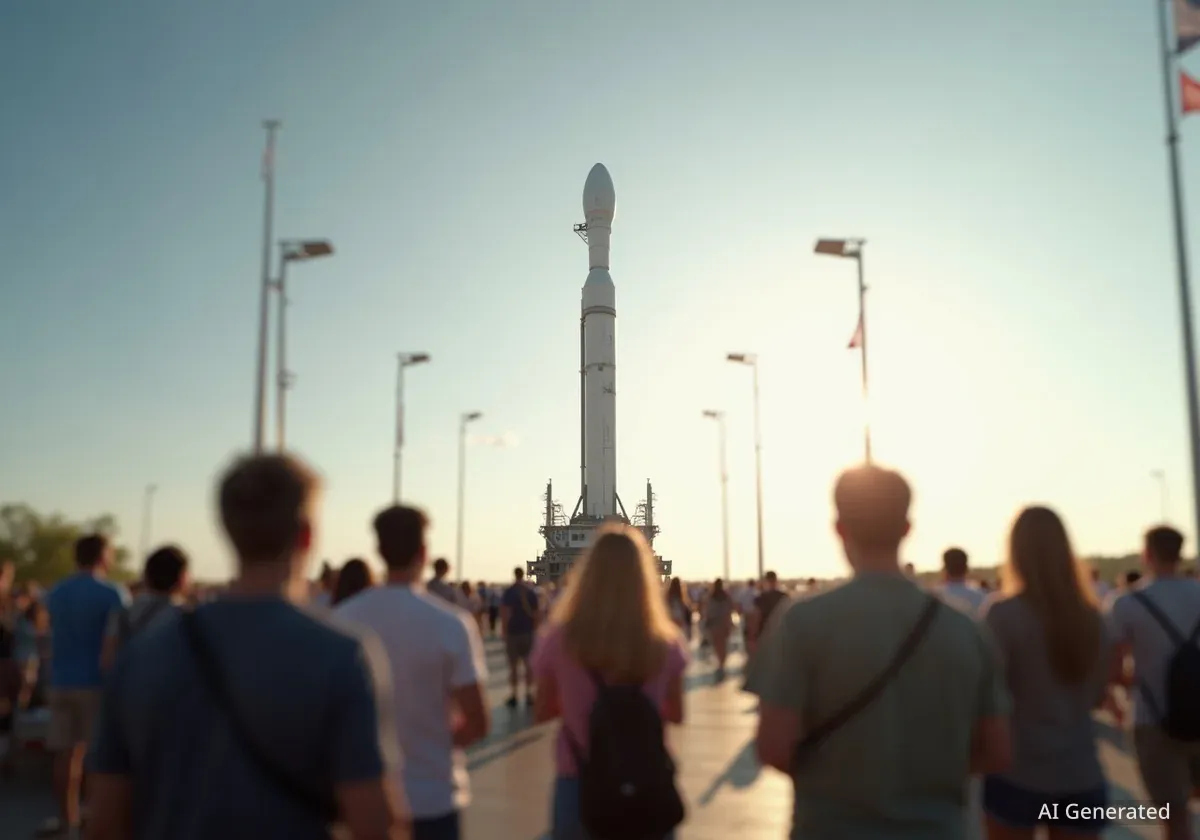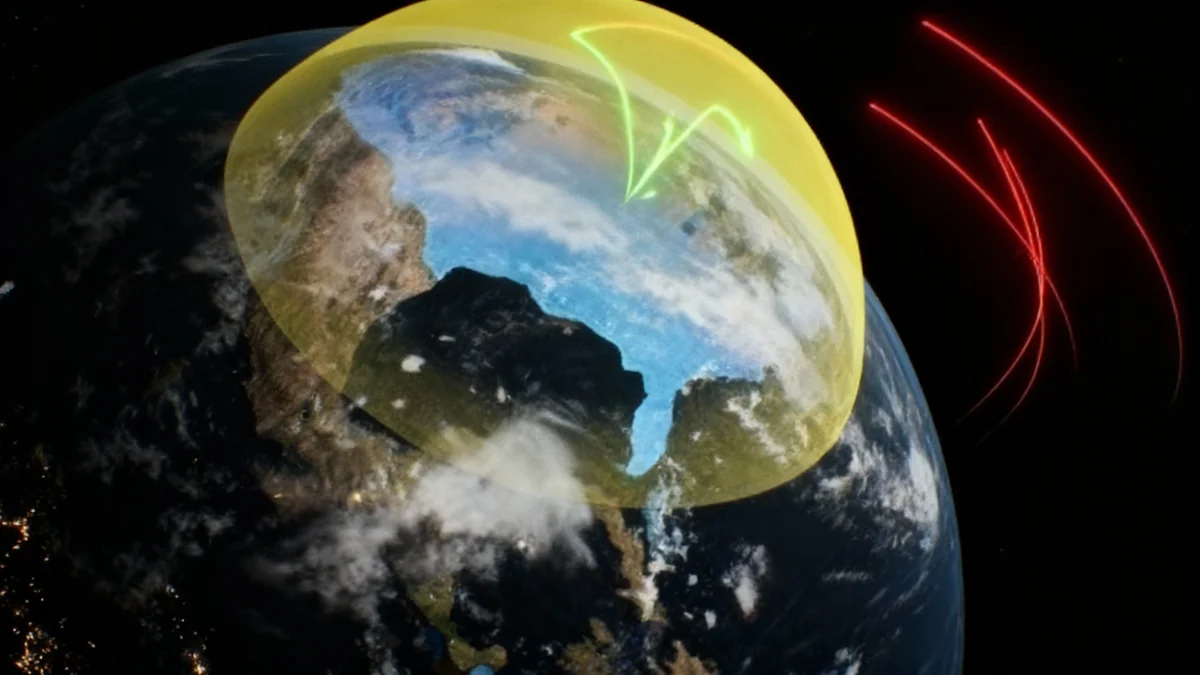The Federal Aviation Administration (FAA) has issued a new directive that will significantly alter the schedule for commercial space activities, restricting all launches and re-entries to an overnight window. The order, which takes effect on November 10, 2025, is intended to manage the increasingly crowded skies over the United States.
Key Takeaways
- A new FAA order limits commercial space launches and re-entries to the hours between 10 p.m. and 6 a.m.
- The regulation is set to begin on Monday, November 10, 2025, and will remain in effect until further notice.
- The FAA cited the need to ensure the safety of commercial air traffic and maintain the efficiency of the National Airspace System.
- Florida's Space Coast has already seen 92 launches this year, nearly matching the total of 93 for all of 2024, highlighting the rapid increase in space traffic.
New Federal Mandate Aims to Deconflict Air and Space Traffic
In a significant move for the burgeoning commercial space industry, the FAA has mandated that all rocket launches and spacecraft re-entries must occur within an eight-hour overnight period. Starting November 10, these operations will be confined to the hours between 10 p.m. and 6 a.m.
The directive applies to all commercial space operators licensed by the agency. The primary justification provided for the change is the need to safeguard the National Airspace System (NAS), which accommodates thousands of commercial airline flights daily. By shifting rocket launches to late-night hours when air traffic is at its lowest, the agency aims to reduce potential conflicts and minimize disruptions to passenger and cargo flights.
Managing Crowded Skies
When a rocket launch is scheduled, the FAA must close a significant volume of airspace to all other aircraft for safety reasons. This closure, which can last for several hours, creates complex logistical challenges for air traffic controllers, often forcing commercial airliners to be rerouted, leading to delays and increased fuel consumption. The new rule attempts to mitigate these impacts by scheduling these closures during periods of minimal air traffic.
Florida's Record-Breaking Launch Cadence Faces New Hurdle
The timing of this new regulation is critical, particularly for Florida's Space Coast, which has become the world's most active spaceport. Data from Space Launch Delta 45, which manages the Eastern Range, shows a dramatic acceleration in launch activity.
So far in 2025, Florida has hosted 92 successful launches. This figure is just one short of the 93 launches conducted throughout the entire calendar year of 2024, indicating a pace that could set a new annual record well before the year concludes.
This rapid cadence is largely driven by companies like SpaceX and its Starlink satellite constellation missions, which often launch multiple times per week. United Launch Alliance (ULA) and Blue Origin also contribute to the busy schedule from Cape Canaveral Space Force Station and the Kennedy Space Center.
The new nighttime-only restriction raises questions about whether this high tempo can be sustained. Compressing all launch and re-entry operations into an eight-hour window could create a logistical bottleneck, potentially forcing delays or rescheduling if multiple companies are preparing for missions simultaneously.
Industry Reaction Remains Muted as Companies Assess Impact
As of this report, major players in the commercial space sector have not yet issued public statements on the FAA's order. Companies directly affected, including SpaceX, ULA, and Rocket Lab, are likely evaluating how the new schedule will affect their operations, client timelines, and overall business models.
The silence from the industry suggests a period of internal analysis. Key considerations will include:
- Staffing: Launch teams will need to adjust to permanent nighttime work schedules.
- Weather Constraints: Florida's weather is often less stable in the evening, with a higher chance of thunderstorms, which could lead to more scrubs and delays within the compressed window.
- Mission Timelines: Some missions, particularly those for national security or specific scientific objectives, require precise launch times that may now fall outside the permitted window.
Government agencies that rely on commercial launch providers, such as NASA and the U.S. Space Force, will also be impacted. It is unclear if exemptions will be made for critical government missions or how the new rule will affect existing contracts.
A New Regulatory Era for Commercial Space
The FAA's decision signals a more assertive regulatory posture as the commercial space industry transitions from a niche sector to a mainstream component of the national transportation infrastructure. For years, the primary focus of regulation was on ensuring the safety of the launch itself. Now, the emphasis is expanding to include the integration of space operations within the broader national airspace.
"The order is to ensure the safety of aircraft and the efficiency of the National Airspace System," the FAA stated in its announcement, underscoring its dual mandate of promoting commercial space while protecting existing aviation.
This move may be a precursor to more comprehensive regulations designed to manage the long-term growth of the space economy. As the number of satellites in orbit grows and plans for space tourism and point-to-point suborbital travel advance, the challenge of safely coordinating air and space traffic will only become more complex. The industry's ability to adapt to this new operational reality will be a critical test of its maturity and long-term viability.

